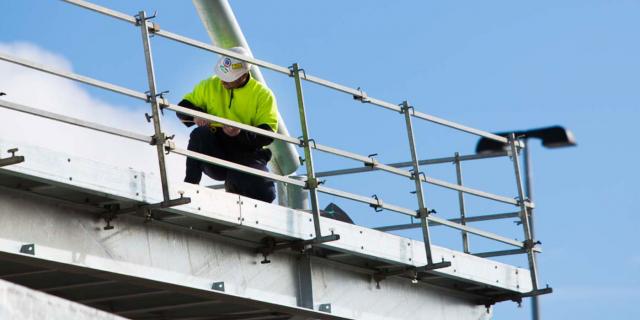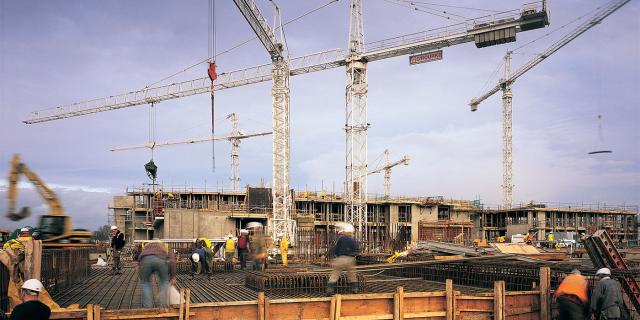We're the industry specialists
Public and Products Liability | Master Builders Insurance Brokers
![]()
Public and Products Liability
Essential protection for all businesses.
Cover for
Third-party property damage
Third-party bodily injury
Legal costs
Covered works
Works in progress
Completed works
What is Public and Products Liability Insurance?
Public and Products Liability Insurance is one of the essential forms of financial protection for many Australian businesses.
As well as being a common contractual requirement, having Public Liability Insurance is just good business practice and plain good sense. Claims against you can run into many millions of dollars. However, what about liability claims after the works have been completed and handed over?
Incidents that are attributable to your works after completion is known as Products Liability. It provides cover for property damage or bodily injury to third parties arising out of a defective product manufactured through your past business activities. These risks are open-ended, as they can arise from occurrences that may happen at any time in the future.
The most effective way to manage your differing exposures is to have a combined Public and Products Liability Insurance policy. This type of policy ensures consistent claims responses and covers you for all of your works. Having this type of policy means continuous coverage in place for occurrences that happen at any stage throughout the policy year. Irrespective of whether the claim against you arises from your current works in progress or your completed works.
Why do you need both Public Liability and Products Liability?
Let’s look at an example: If during construction, a beam falls and it hits and injures the owner, this would be a Public Liability matter.
Now consider that same job is completed and handed over. Some months or years later, the deck collapses and injures the owner, This example is a Products Liability matter because the injury arose from the builders finished product.
For this example, Public Liability alone would only cover the first claim. However, in both instances, if you had an annual Public and Products Insurance policy, you would be adequately covered.
Why do you need this policy?
Here's an example:
Craig is a residential builder who won a contract to carry out the construction of a new home.
During the excavation and site preparation, the neighbouring property owner reported damage to their house. They believed that the cracking in their lounge room wall was as a result of the work Craig was undertaking.
The Insurer found Craig to be negligent by not adequately protecting the neighbouring property. Craig's Public Liability policy covered his legal and defence cost as well as the cost to repair the neighbour's property.
Advice from our experts:
Why choose Master Builders Insurance Brokers?






